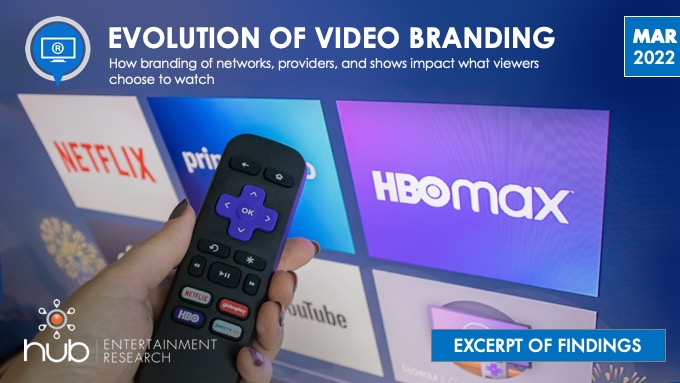As we all know, the years leading up to 2022 have seen tremendous growth in the sheer number of streaming TV platforms available to consumers—to the point where new services were seemingly being introduced on a monthly basis. Naturally, for any new entrant into the marketplace, the first order of business is to build awareness of the service, and these new services invested substantial marketing dollars to make their services as close to household names as possible.
With most of these services relatively firmly established, the next order of business is arguably more challenging, especially in an extremely crowded marketplace: communicating the unique value proposition of each service. As we’ve seen in prior waves of this study, TV viewers often have difficulty understanding the differences between even broad categories of TV platforms (e.g., SVOD vs. FAST, VMVPD vs. SVOD, etc.), much less the differences between individual services.
With this in mind, many TV services have begun to turn their attention from simple awareness, and have focused on developing ways to stand out from their rivals: for example, by offering exclusive content, partnering with high-profile content creators, introducing entirely new lines of business, or offering subscription tier alternatives.
This year’s wave of Hub’s Evolution of Video Branding study will continue to track how awareness of TV services themselves has evolved over time, but it will also look closely at which platforms have done the most effective job at communicating their unique benefits—and which of those benefits have had the strongest impact on consumers’ subscription decisions.
Source: Interviews with 1,601 U.S. consumers age 16-74 who have broadband access and watch a minimum of 1 hour of TV per week
